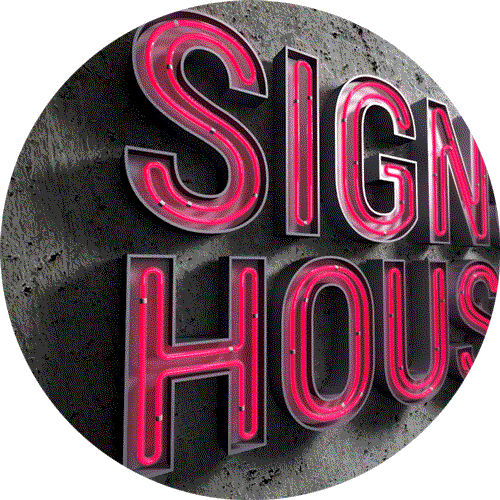Sign Illumination as a style component is frequently overlooked or overused, and can either improve the efficiency of the sign, or make it totally unreadable, and ineffective. I will present some fundamental information that will help the reader understand the relationship between the architectural lighting of a particular project and lighting for signing and graphics in general.
Parking signs lighting is normally a functional element; it is a useful requirement, which we mostly take for granted. Nevertheless, designers and sign designers also use light as a versatile design component. Light from various sources can help specify forms and spaces and boost details. Synthetic light when used with some creativity can create mental moods. Particularly when used with vibrant walls, that can create excitement, remarkable focus, and psychological warmth.

Essential architectural tasks are typically floodlighted in the evening. A headquarters office complex belongs to the corporation’s public image, and correct exterior lighting boosts that image. In addition to the outside parking signs lighting. Existing task lighting used to illuminate finalizing components will work, if signs are appropriately developed, and located to take advantage of it.
There are several fundamental lighting techniques, which associate with the lighting of exterior signing for architectural jobs. These are flood- or highlighting, ambient lighting, internal lighting, and external lighting. In some scenarios outside signs or letters which are cast into the structure wall or set flush with it can be illuminated by spill light from existing or extra floodlights. This is frequently an appropriate and subtle method to determine dignified office buildings.
Excellent care needs to be taken when floodlighting raised, three-dimensional letters of any thickness because shadows cast from the letters can hinder legibility. Of course, shadows cast by such letters is a typical problem in signing, whether caused by floodlighting or the sun. Nevertheless, the designer can often overcome these tough conditions by picking the ideal product or surface. For example, aluminum or bronze letters mounted on a dark granite structure will be quite clear under differing light conditions, if a brilliant satin surface is utilized. The designer needs to constantly bear in mind the ecological lighting when developing each sign, changing the design, and lighting where possible to interact.
Significant identification signs for some projects are typically rather large and located in such a way that floodlighting ought to not be used. A “trough” is developed to be recessed next to walkways and covered with a protective glass diffuser. This design provides an inconspicuous source of even illumination, which extends the full length of the parking signs. Standard spotlights would have developed hot spots, glare, and unequal lighting.

In the kind of spill light from existing architectural lighting, ambient lighting might produce appropriate lighting for lots of pedestrian-oriented signs. For instance, the address numbers or recognition signs at a structure entryway can be lit up by spill light from overhead entrance lighting if colors and materials of these signs contrast well with their backgrounds.
The intensity of ambient light often is a vital aspect. In parking lots where existing light standards might produce only a few foot-candles of lighting, parking entryway signs usually need internal lighting. Internal lighting of outside signs is really frequently essential to make them readable at night or to give them unique focus. We make all kinds of lighted signs but find that most company’s will use lighted channel letter signs with internal lighting as their best choice for effective sign lighting.





